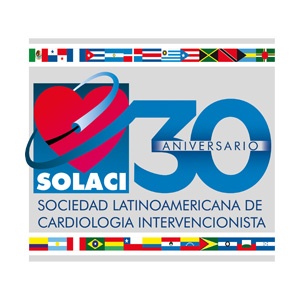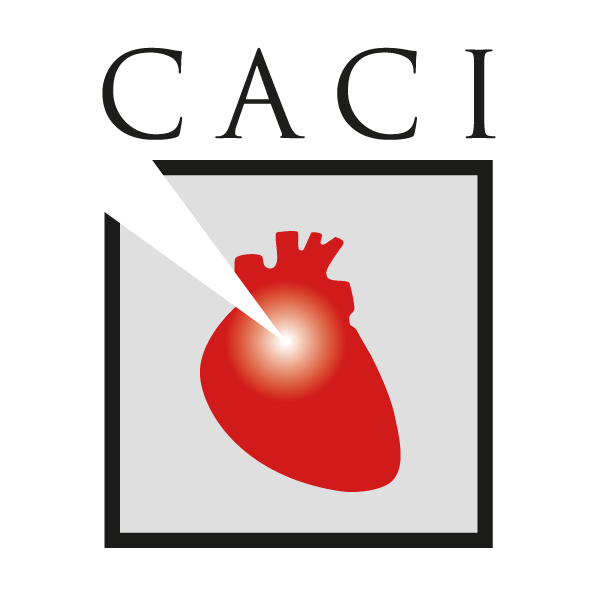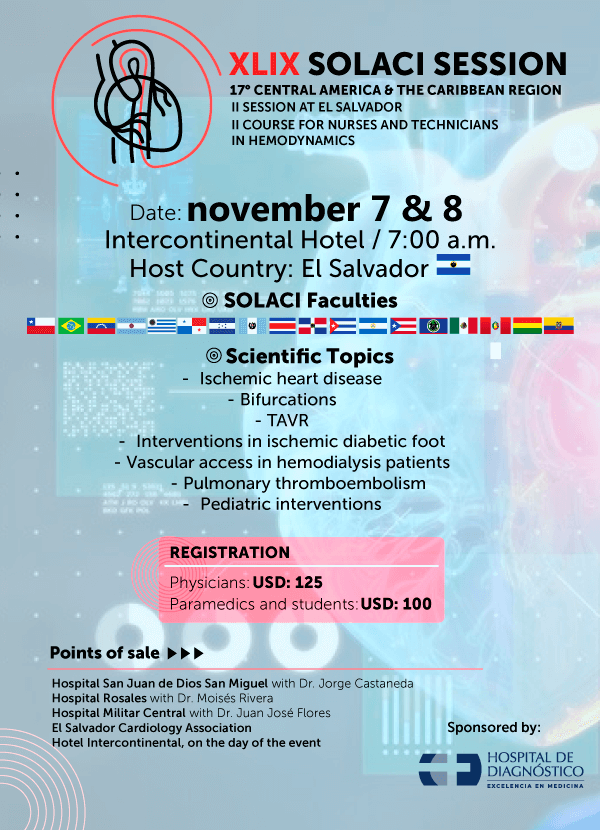Endovascular revascularization has become the main strategy for symptomatic patients with peripheral arterial disease in femoropopliteal territory. Conventional balloon angioplasty is effective in gaining lumen but has a restenosis rate to up 60% at 12 months. Implantation of conventional stents reduced restenosis to almost half, but presented problems such as thrombosis, stent fracture and difficulty in treating areas of flexion.
Pharmacological balloons emerged as an option that could combine the best of the previous strategies.
Read also: 2 Year Outcomes of Lutonix Drug Coated Balloon in Superficial Femoral Arteries.
There is evidence in favor, but it does not reach beyond the year, so the present work deals with the 3-year results of the paclitaxel-releasing balloon on the superficial femoral artery and/or proximal popliteal artery.
The IN.PACT SFA is a randomized and single-blind study that included 331 patients with symptomatic disease (Rutherford 2-4) and lesions up to 18 cm in length over femoropopliteal territory. Patients were randomized 2:1 to pharmacological balloon versus standard angioplasty.
At 3 years, primary patency continued to be better with a pharmacological balloon (69.5% versus 45.1%, p <0.001) as well as rate of revascularization, justified by the clinic (15.2% versus 31.1%, p = 0.002).
Read also: New Strategies for the Femoropopliteal Artery.
Functional capacity was similar between both groups, although patients who received standard angioplasty required many more interventions to achieve the same level of symptoms (p<0.001 for revascularization of the white lesion and p = 0.001 for revascularization of the vessel).
No deaths related to procedure or device, were observed.
Conclusion
The 3-year results showed that paclitaxel-releasing balloon is more effective over time than conventional angioplasty, thanks to increased primary patency and less need for re-interventions.
Editorial Comment
The protocol allowed provisional stent use, in both groups if, for example, a dissection with flow compromise was presented. This was true for 7.3% of the patients in the pharmacological balloon group and 12.6% for the standard angioplasty group. The low need for stent, expresses the relatively low complexity of the lesions treated with an average of 8.9 cm in length, for a protocol that allowed to treat up to 18 cm.
This average length seems low but in comparison with other works that other devices tried, the complexity of the injuries is similar. The average length for the pharmacological stent tested in this work was only 6.64 cm and for most of the works that tested conventional stents the average was between 7 and 9 cm.
Original Title: Treatment Effect of Drug-Coated Balloons Is Durable to 3 Years in the Femoropopliteal Arteries. Long-Term Results of the IN.PACT SFA Randomized Trial.
Reference: Peter A. Schneider et al. Circ Cardiovasc Interv. 2018 Jan;11(1):e005891.
Get the latest scientific articles on interventional cardiologySubscribe to our weekly newsletter
We are interested in your opinion. Please, leave your comments, thoughts, questions, etc., below. They will be most welcome.





